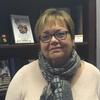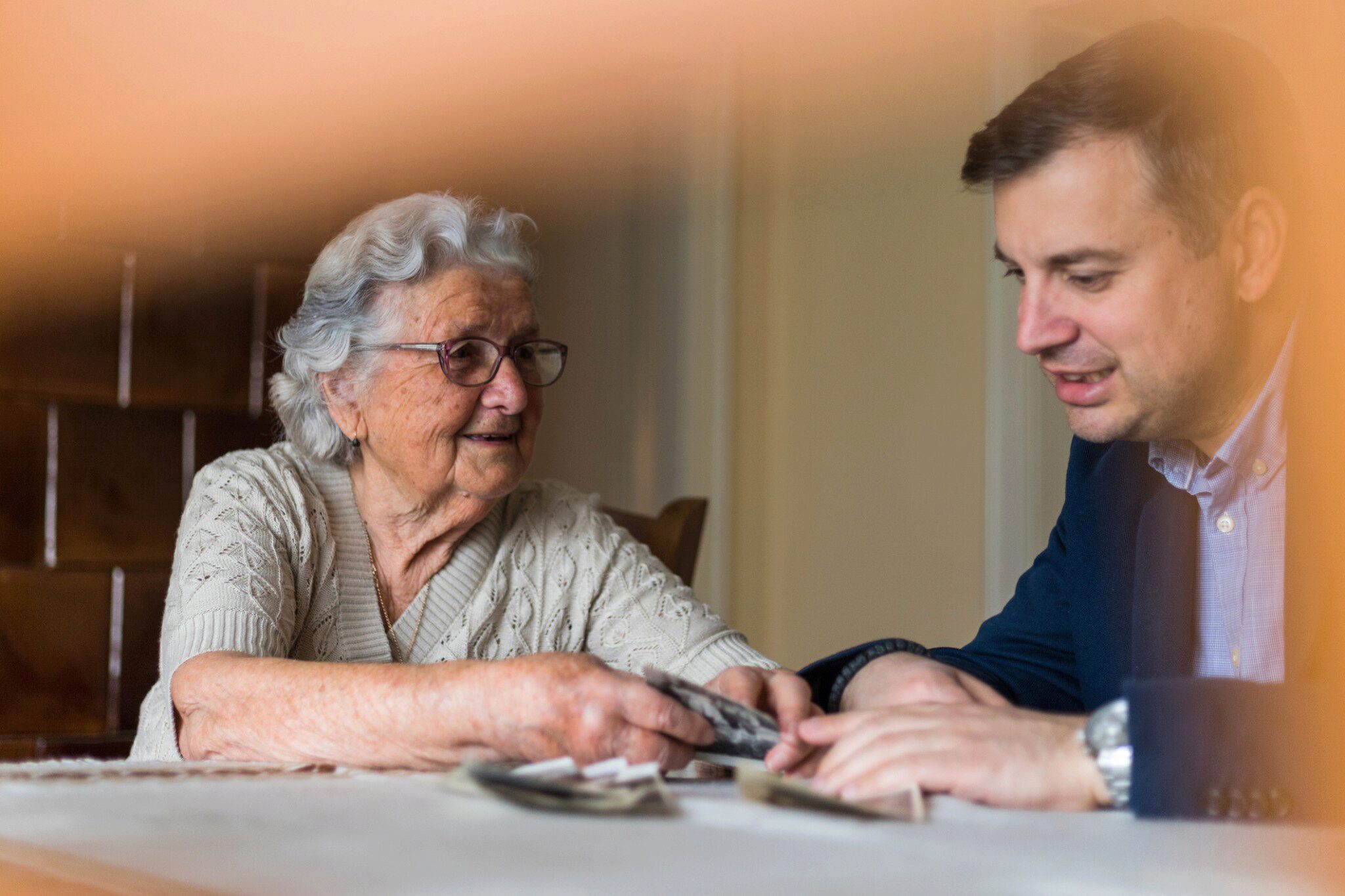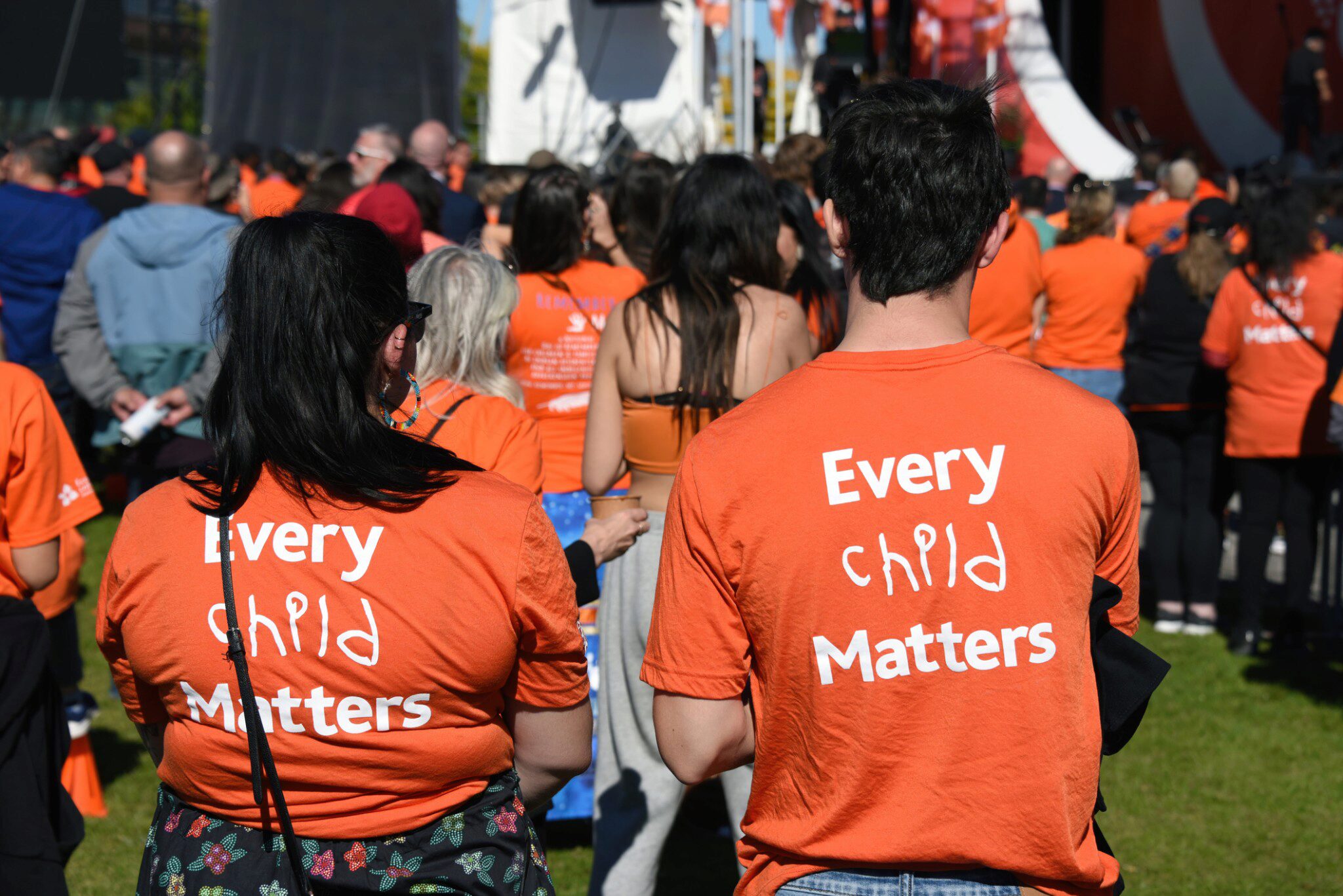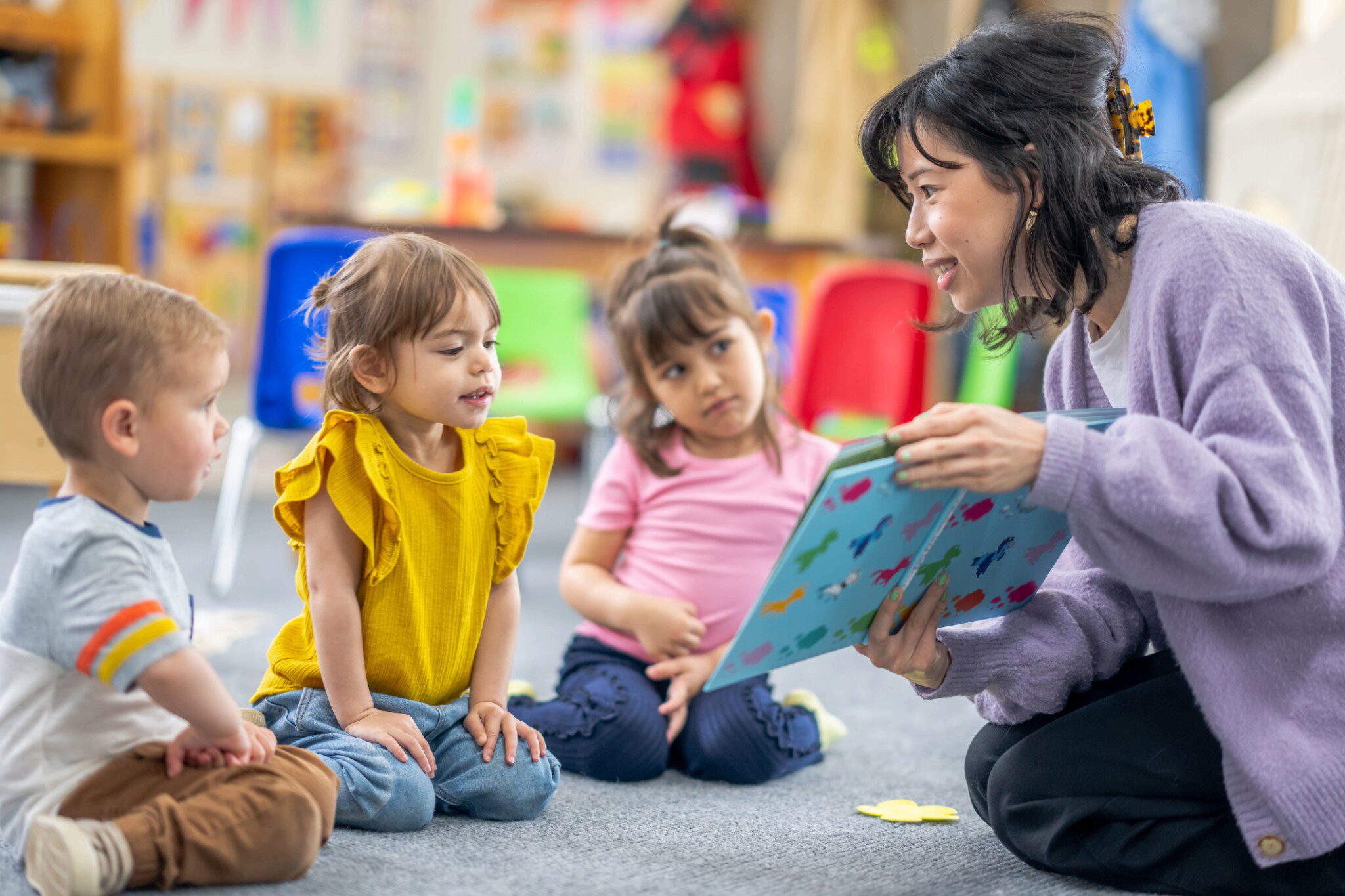
-
As the winter lights go up and the holiday cheer begins, something else quietly rises too: the risk of scams aimed at older adults. It might start with a fake charity email, an urgent text about a family emergency, or a too-good-to-be-true holiday deal. What begins as excitement or generosity can quickly turn into confusion, financial loss, and a sense of violation.
-
When her son lost his job, Margaret didn’t think twice. She wanted to help. She covered groceries, gave him gas money, and said he could stay until he got back on his feet. That was two years ago. Now, her pension goes into a joint account her son manages. She no longer sees the bills. When she asks questions, he tells her not to worry. Sometimes he gets angry. Margaret knows he’s stressed, but she also knows something doesn’t feel right. It started with love, but somehow it turned into something that makes her feel uneasy in her own home.
-
My Ponderings and Reflections of Truth and Reconciliation on Tuesday, September 30, 2025
September 30, 2025Today, we remember and honour those who were also uprooted from their homes as young children and placed in residential schools across our nation on the National Day for Truth and Reconciliation. These children, some as young as six, were torn from their parents, placed in residential schools, and told they could not speak in their own language. They were given new beds, forced into a new way of life—taught a different language, culture, and faith.
I don’t want this day to pass by without meditating on its importance.
History continues to repeat itself. Ecclesiastes declares there is nothing new under the sun. Throughout history, people have been uprooted from their homes and forced into exile or displacement. These involuntary movements, often driven by war, persecution, political upheaval, or ethnic cleansing, represent a profound loss of home, culture, and community.
-
History is full of leaders who started strong but ended in moral failure. Whether in the church, government, business, or non-profit work, the sad truth is that position and influence do not make a person immune to temptation. In fact, leadership can intensify both opportunity and vulnerability.
-
Please note this true case study is alarming. As of June 5th, 2025, the teacher had yet to be arrested, but a criminal investigation was underway. https://www.bradenton.com/news/local/article305571141.html
A fifth-grade teacher at B.D. Gullett Elementary School, identified as Jarrett Williams, allegedly groomed an 11-year-old student—sending her a two-page, hand-written letter confessing, “You know I truly love you no matter what… I love how close we have gotten this year” (https://www.mysuncoast.com). After the letter was discovered on March 9, 2025, authorities and district officials were notified the next day, and Williams was immediately reassigned to a non-teaching role (WESH, WTSP).
Despite the severity of the allegations—including parents calling it a “textbook grooming letter”—the school board voted on April 29 to accept Williams’s resignation under investigation, rather than officially firing him (https://www.mysuncoast.com). Only one dissenting voice, board member Cindy Spray, urged the district to fire him outright (Your Observer).
District officials later defended the resignation stance as functionally equivalent to a firing. They emphasized that his personnel file would be flagged, and multiple agencies—including the state Department of Children and Families, the Department of Education’s Office of Professional Practices, and local law enforcement—were looped in (WESH).
However, the parents—shaken by the letter’s discovery—said they had hoped for a firmer statement: “To us, we felt termination was tougher language… somebody we would hope would never be in a classroom again” (WESH).
-
A Call for Safer Ministry Practices in Our Churches
I grew up in the church. Within days of being born, my parents bundled up my brother and me and brought us to Sunday services. I was raised under the tender, loving care of nursery workers and Sunday School teachers—those who cradled me, changed my diapers, read me Bible stories, introduced me to Jesus, celebrated my baptism, and later, attended my wedding.
At 13, I volunteered in the nursery and began teaching the two- and three-year-old Sunday School class. For the next five decades, I taught almost every Sunday—celebrating 50 years of children’s ministry. Back then, no one asked for a criminal record check or references. I attended many training meetings, but I can’t recall ever hearing about child protection or safeguarding.
Still, most of my teachers were remarkable. They offered loving and protective care, and I am deeply grateful for their example. However, the need for safeguarding was still very real.
I remember hearing hushed conversations about inappropriate behavior. I remember children going missing or being bullied. These were warning signs that, even if ignored or downplayed at the time, should have led to stronger safety measures.
-
Jun30Mon
When a Teacher Breaks Trust: Why Safeguarding Must Be a Year-Round Priority in Our Schools
A Word from Dr. Melodie Bissell June 30, 2025In response to this recent case, our Chair and Sr. Safeguarding Consultant, Dr. Melodie Bissell, shared these reflections:
“As schools break for the summer, we know that the majority of teachers are wonderful, caring and inspiring leaders in their classrooms. However, too often we read stories like this in the news of an educator who has put children at risk and has caused physical and emotional harm. We need good teachers and parents to stand in the gap for students.
The best approach to raising the bar on safety in our schools is education. Teachers, Administrators and Parents need to become lifelong learners in spotting and addressing child abuse. It is not enough to take training during your university years, or when you first begin to teach. Safeguarding training must be reviewed on an annual basis, applying the knowledge of awareness, prevention and reporting and responding to child abuse against real-life case studies that are surfacing in the news.
It takes a village to raise a child, it takes a community to stand up and give voice to children that are confined and silenced.”
-
Jun23Mon
Elevating Safeguarding in Sport
How Plan to Protect® Can Help You Create Safer, Stronger Sport Environments June 23, 2025The sport sector is facing a crisis of trust. In recent years, the headlines have exposed what many survivors have known for decades — abuse, misconduct, and cover-ups have been far too common in sport.
From grassroots clubs to national teams, athletes have reported emotional, physical, and sexual abuse, often at the hands of those in positions of power. The consequences are devastating — to victims, to organizations, and to the public’s trust.
At Plan to Protect®, we believe it’s time to raise the bar on safeguarding in sport. We equip sport organizations with the tools, training, and policies they need to build safer programs, protect participants, and earn the trust of families. Over the last three years we have had the privilege of working with the sports sector to raise the bard on safeguarding.
-
Jun9Mon
Holding Elder Care Facilities Accountable: A Family Guide to Advocacy
Understanding Systemic Challenges in Elder Care June 9, 2025Despite policy reforms, elder care facilities continue to face serious systemic challenges that can directly impact the health, safety, and overall well-being of seniors. Understanding these issues is essential for families who want to advocate for better care.
-
Jun9Mon
Becoming Everyday Protectors: The Power of Vigilance and Compassion
The Power of Vigilance and Compassion June 9, 2025We truly believe that the majority of staff members and volunteers are remarkable — they show up with servant hearts, ready to help, encourage, and love those around them. These people create safe, welcoming environments in our churches, schools, camps, and organizations. But even in the best communities, it’s possible for someone unsafe to slip in unnoticed. That’s why we need each of us — every amazing volunteer and staff member — to not only be safe themselves, and to care for the vulnerable, but to be alert for those who may be unsafe.








